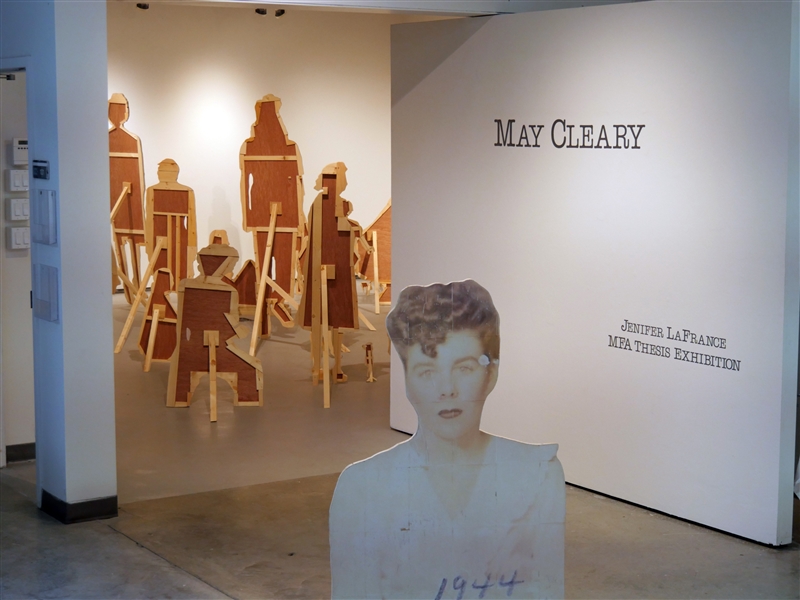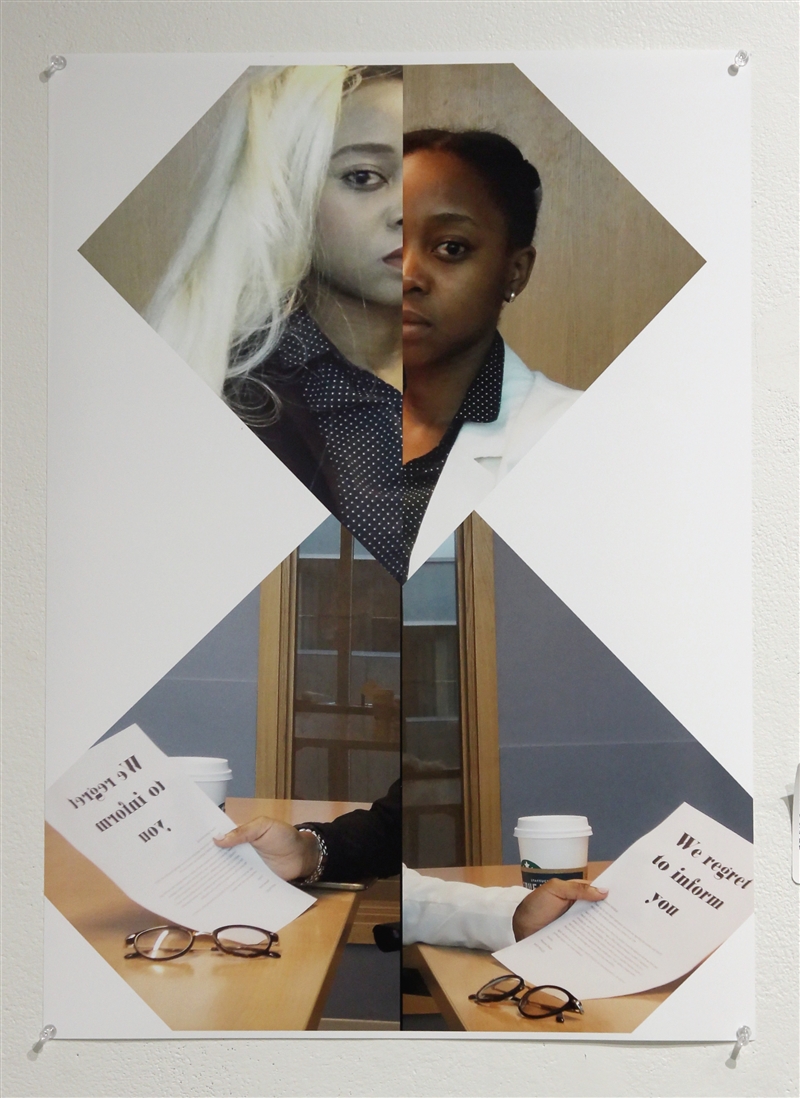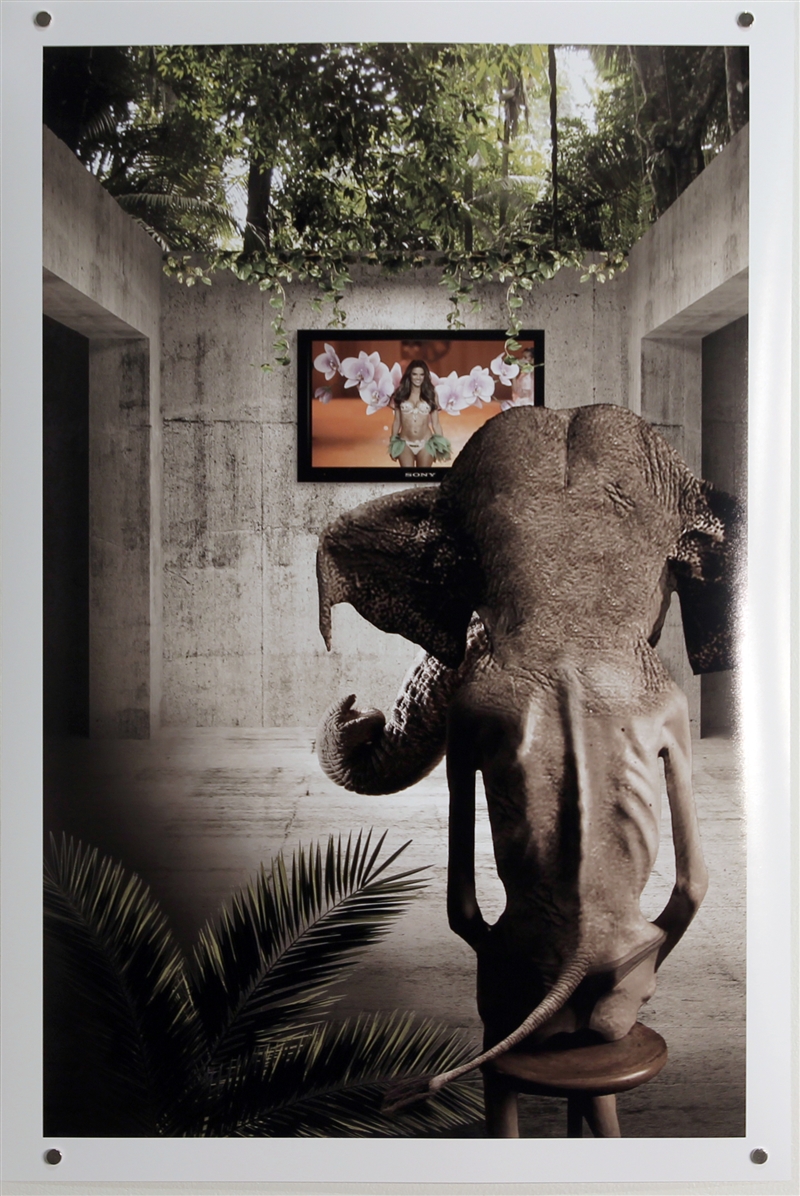MAY CLEARY – Jenifer LaFrance MFA Thesis Exhibition
“My research explores intergenerational connections through the creation of spatial experiences based on photographic documents depicting my grandmother. Having never met this person, I have no tangible memories attaching me to her: no sounds, no smells, nor tastes. By reviving archival images, I aim to capture her essence while evoking and carrying on conversations regarding the past with the present...

 Follow
Follow







